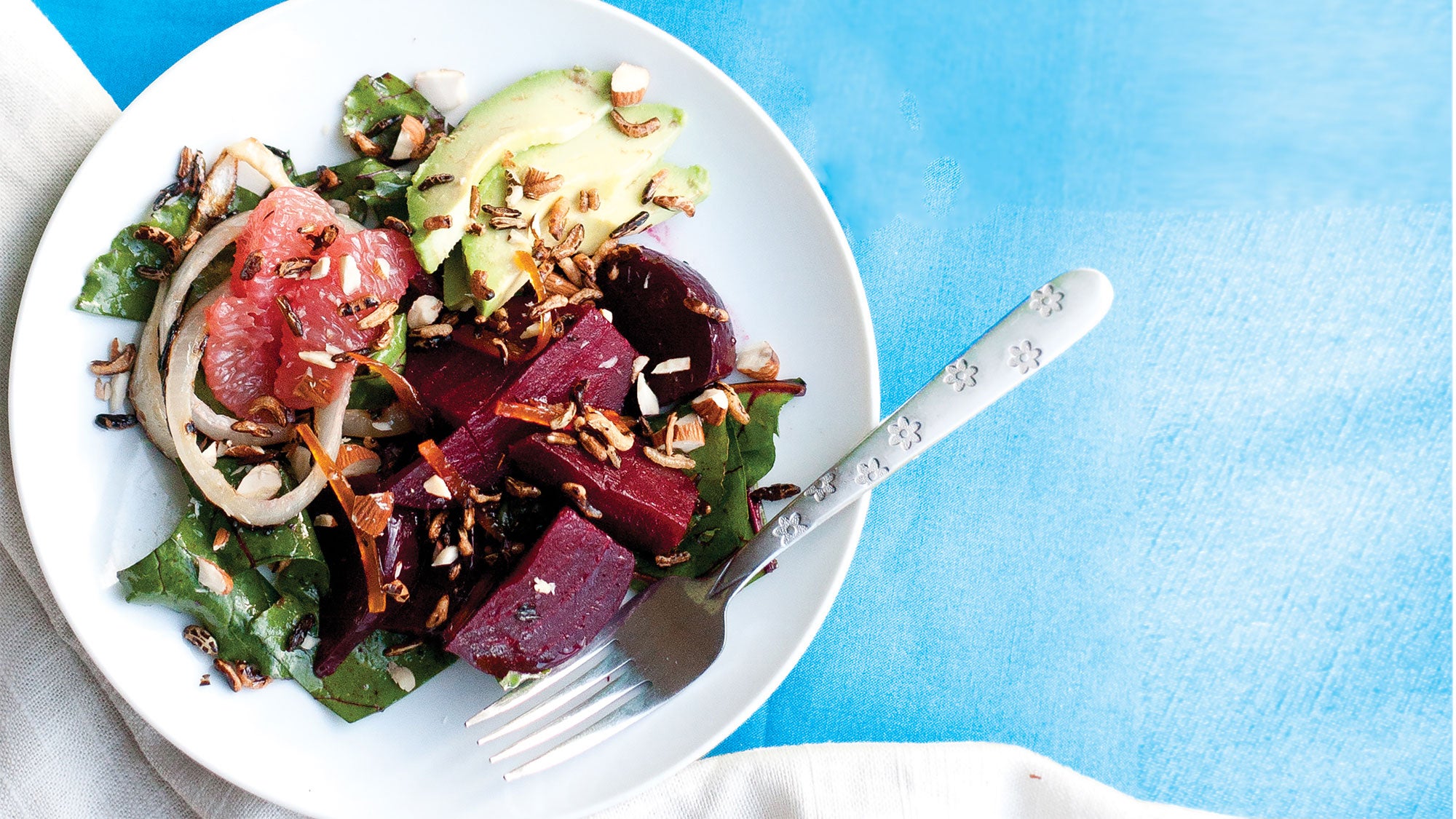The Reason You Order Differently at Restaurants

Would you be more apt to order a side of regular old carrots or “twisted citrus–glazed carrots”? We don’t know about you, but the latter sure sparks our interest! Over the course of a semester, Stanford University researchers conducted a study in the cafeteria involving nearly 28,000 diners to determine whether descriptive words were more likely to increase vegetable consumption. On alternate days, words and phrases that are typically used to describe less-healthy items were used on labels in one of four ways: basic (simply “beets,” for example); healthy restrictive (“light ’n’ low-carb green beans and shallots”); healthy positive (“high-antioxidant beets”); or indulgent (“sweet sizzlin’ green beans and crispy shallots”).
Even though the labels changed, all veggies were prepared and presented the exact same way. By the end of the study, researchers found a 25% increase of cafeteria patrons selecting indulgent over basic, a 41% increase of indulgent over healthy restrictive and a 35% increase of indulgent over healthy positive. The research team also saw a 23% increase in the amount of indulgent-labeled vegetables served compared with the amount of basic-labeled veggies served. In future, the team plans to evaluate how their findings can translate to other settings and explore how indulgent or healthy labeling can help counteract the societal notion that real foods can’t also be delicious.
Try the featured recipe: Warm Salt-Baked Beet Salad with Popped Rice & Candied Grapefruit Zest